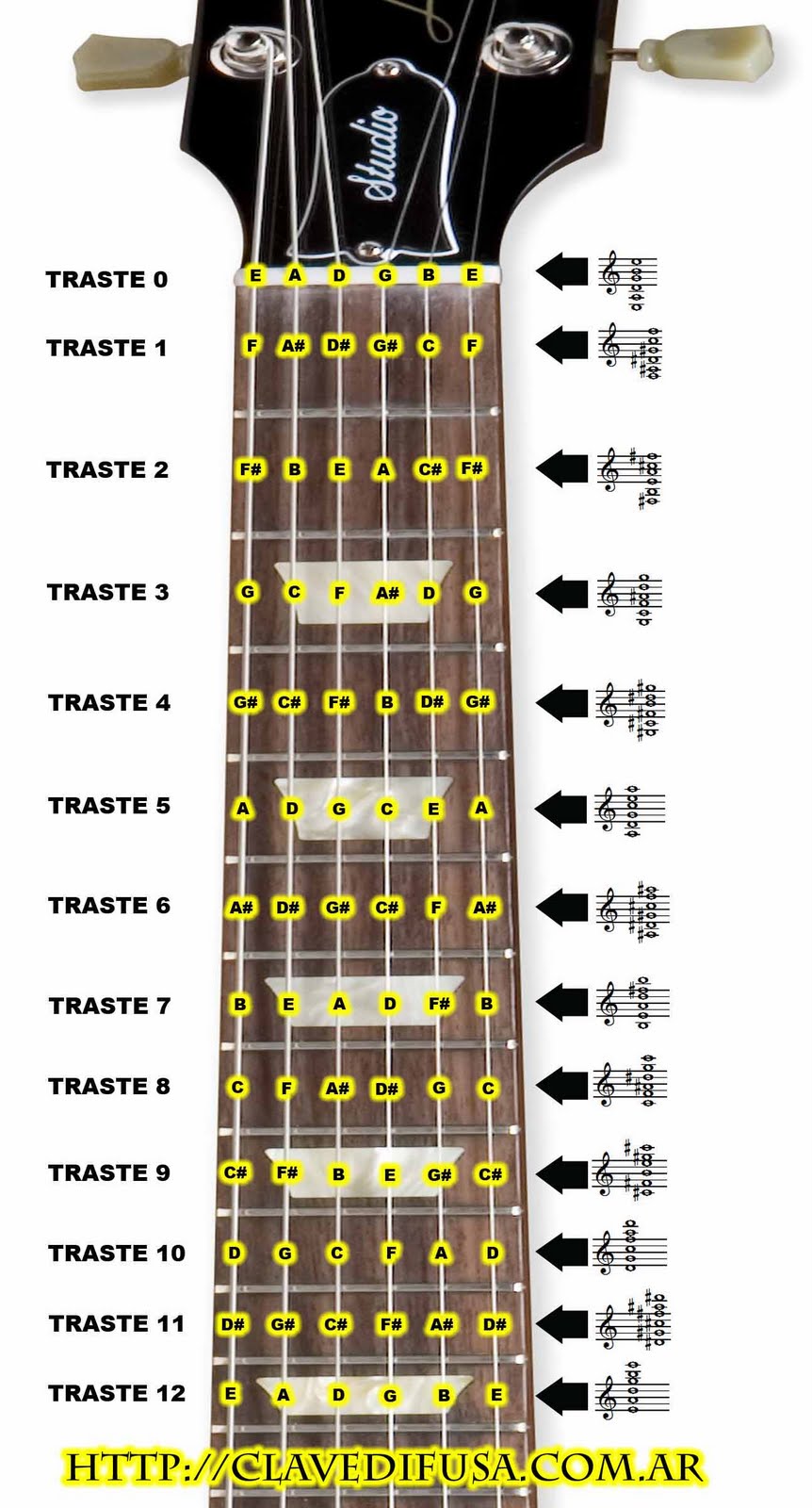Unlocking the Fretboard: Your Guide to Guitar Tablature
Imagine holding a roadmap to millions of songs, a universal language understood by guitarists worldwide. That's the power of guitar tablature, often shortened to "tabs." This ingenious system transcends language barriers, allowing guitarists of all levels to learn and share music with incredible ease.
Unlike traditional sheet music, which can seem like hieroglyphics to the uninitiated, guitar tabs provide a visual representation of the guitar fretboard. Instead of notes on a staff, tabs use six horizontal lines, each representing a string on your guitar. Numbers on these lines indicate which fret to press down, transforming complex melodies into an easily digestible format.
While the exact origins of guitar tablature remain shrouded in the mists of time, its roots likely extend back centuries. Some historians trace early forms of tablature to lute music from the Renaissance era. What is clear is that the advent of the internet and online guitar communities propelled guitar tabs into the mainstream, democratizing music learning like never before.
However, this accessibility has also led to a proliferation of inaccurate or poorly formatted tabs online. This highlights the importance of understanding how to properly read and interpret tablature, ensuring you're learning songs correctly and efficiently.
Learning to read guitar tabs unlocks a treasure trove of musical possibilities. From mastering your favorite riffs to writing your own songs, tabs provide a clear and concise path to guitar mastery. But like any language, understanding its nuances is key to unlocking its full potential.
Advantages and Disadvantages of Guitar Tablature
| Advantages | Disadvantages |
|---|---|
| Easy to learn and understand, even for beginners. | Doesn't usually indicate rhythm accurately, requiring reliance on listening. |
| Directly represents guitar fingerings, making it easy to translate to playing. | Can limit musical understanding compared to standard notation. |
| Widely available online for countless songs. | Quality and accuracy can vary significantly. |
To make the most of guitar tabs, consider these best practices:
1. Start with the Basics: Familiarize yourself with how tabs represent strings and frets. Find reliable beginner resources or websites dedicated to teaching guitar tablature.
2. Listen Carefully: While tabs show you where to place your fingers, always listen to the original recording to understand the rhythm, timing, and nuances of the song.
3. Be Critical: Not all tabs are created equal. Cross-reference tabs from different sources to identify discrepancies and ensure accuracy.
4. Break it Down: Don't try to learn a song all at once. Focus on small sections, mastering each before moving on.
5. Explore Different Types of Tablature: As you progress, you'll encounter tabs that include additional symbols for techniques like hammer-ons, pull-offs, and bends. Learning these symbols will further expand your musical vocabulary.
Embracing guitar tablature opens a gateway to a vast world of musical exploration. While it should be complemented with other learning methods, like ear training and potentially traditional notation, tabs remain an invaluable tool for guitarists of all levels. So grab your guitar, find some tabs for your favorite songs, and start your journey to guitar mastery today!
Dive into the landings apartment homes your ultimate guide
Unlocking the power of gray your guide to perfect color combinations
The unsung importance of seated person measurements














